When people think of vacation towns, they usually picture charm, views, and maybe a few tourists clogging the brunch line. But in 2025, these picturesque destinations are also ground zero for a growing affordability crisis. In town after town, longtime residents are watching housing costs soar beyond what local wages can handle. And the reason is simple: buyers from elsewhere are snapping up second homes and short-term rentals, leaving locals priced out of the neighborhoods they’ve called home for generations.
1. Key West, Florida
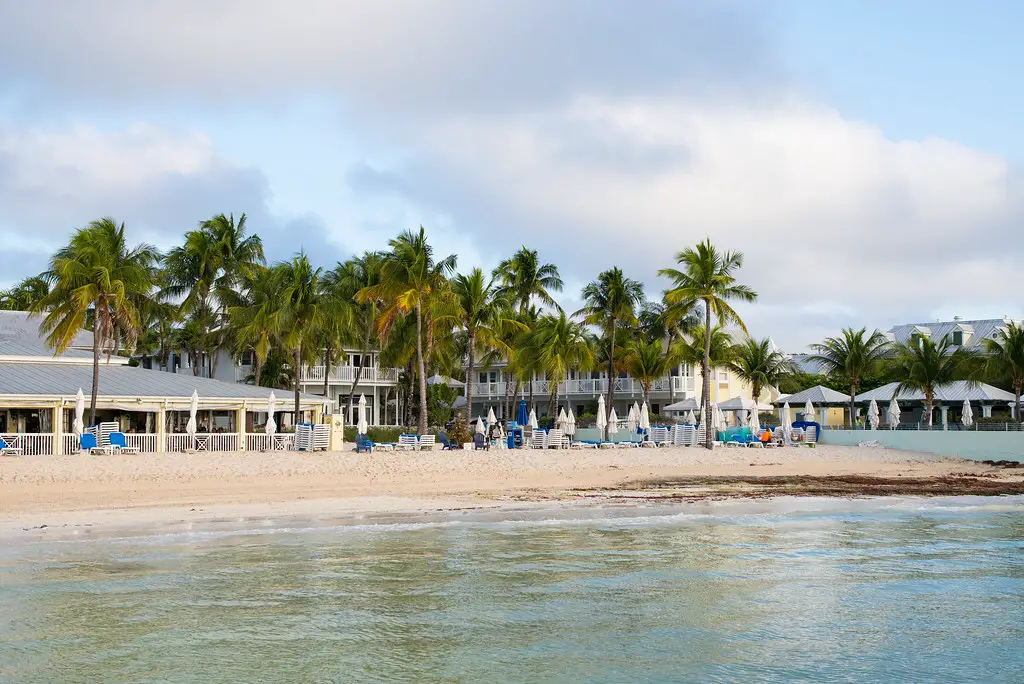
As noted by Forbes, Key West has seen a sharp rise in both housing prices and rental demand since the pandemic housing boom. While it’s always been a tourist favorite, the influx of short-term rental properties has driven locals to the brink. With median home values well over $1 million, many full-time residents are being forced to relocate to the mainland. The cost of paradise has officially become too high for the people who keep it running.
The island’s space limitations only make things worse. With little room for expansion, supply remains tight while demand keeps rising. Many businesses are struggling to retain staff who can no longer afford to live nearby. The result? Longer wait times, higher prices, and a slowly unraveling community fabric.
2. Aspen, Colorado
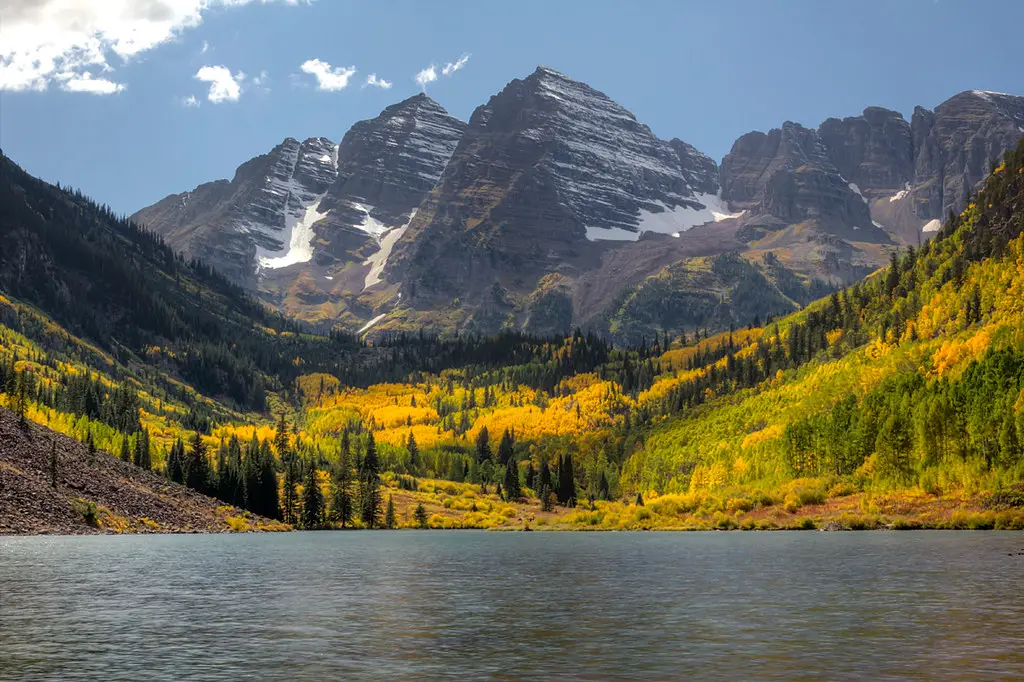
According to Zillow, the median home price in Aspen is now hovering around $3 million—completely out of reach for most working residents. This mountain paradise has long been a magnet for wealthy buyers, but the gap between housing costs and local incomes is now wider than ever. Many workers commute from down-valley towns like Basalt or Carbondale just to keep their jobs. For those hoping to raise a family in Aspen, it’s becoming nearly impossible without outside wealth.
Affordable housing programs exist, but the demand far outweighs supply. Teachers, service workers, and even some doctors are struggling to stay in town. Meanwhile, new builds increasingly cater to luxury buyers. It’s a ski town, yes—but also a cautionary tale.
3. Jackson, Wyoming
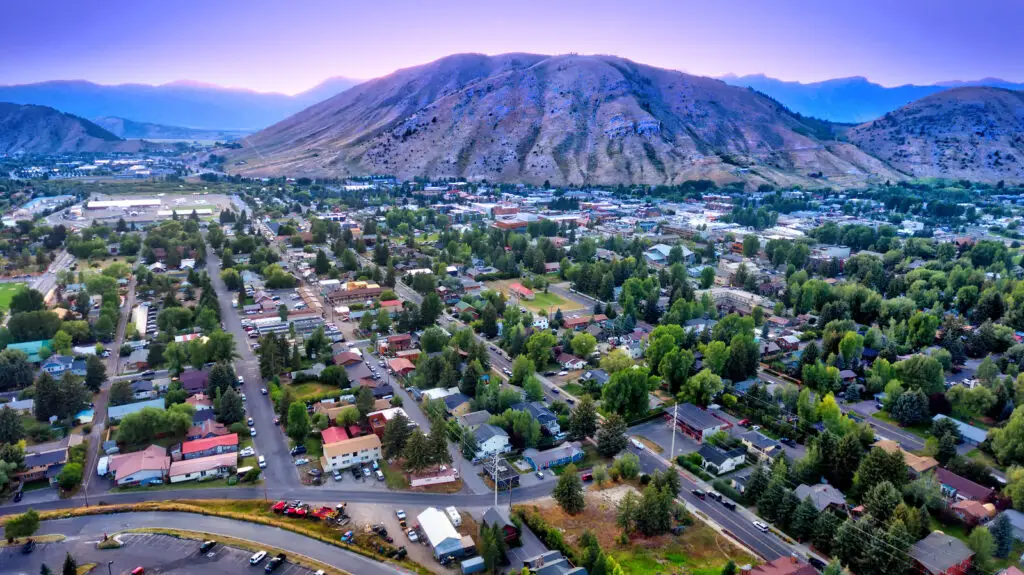
According to The New York Times, Jackson has become one of the most unaffordable places to live in the U.S., relative to local income. Though stunningly beautiful and packed with outdoor recreation, its luxury real estate market is squeezing out the people who work there. Median home prices now top $2.5 million, while many residents earn below $50,000 annually. That math just doesn’t work for a sustainable local economy.
Teachers and hospital staff often have to live across state lines in Idaho. The town has implemented deed restrictions and workforce housing efforts, but they haven’t caught up to demand. Many longtime locals feel like their hometown has become a resort for the ultra-rich. Even small, basic rentals are now commanding jaw-dropping prices.
4. Lake Tahoe, California/Nevada
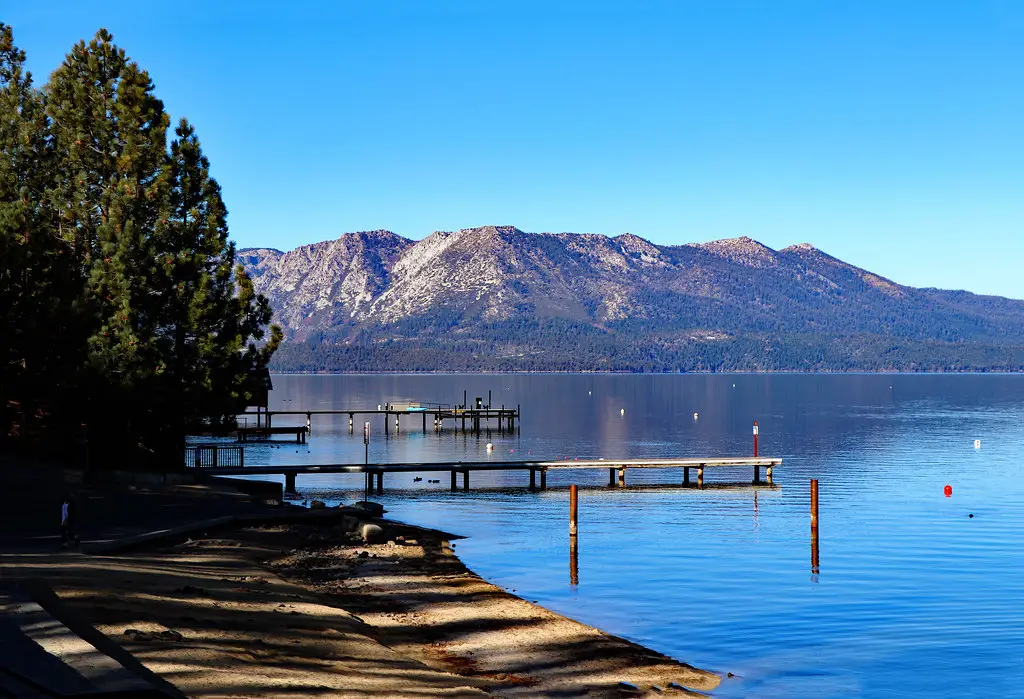
As noted by Redfin, Lake Tahoe has experienced a massive spike in out-of-town buyers, particularly from the Bay Area. The work-from-home revolution turned this lakeside retreat into a full-time residence for thousands of remote workers. But for locals, the result has been skyrocketing rents and home prices that no longer reflect local wages. Homes that once went for $400,000 are now often priced above $1 million.
Even modest neighborhoods have seen significant gentrification. Teachers and hospitality workers now face long daily commutes or are leaving the region entirely. Vacation homes sit empty much of the year while year-round residents struggle to find basic rentals. The natural beauty remains, but the community is undeniably shifting.
5. Sedona, Arizona
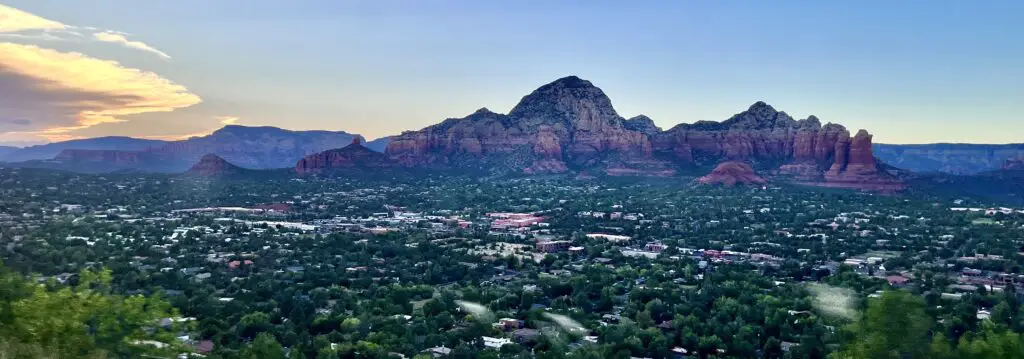
Sedona’s red rock views and spiritual retreats have made it a prime destination for years, but now the real estate scene is red-hot in all the wrong ways. Housing prices have more than doubled since 2020, with the average home now priced above $900,000. That’s a big ask in a town where service and tourism jobs dominate. As investors scoop up properties for Airbnb income, locals are squeezed out of the market entirely.
Zoning changes haven’t kept pace with the growth. Many locals who grew up in Sedona can no longer afford to stay. Schools and hospitals are now facing hiring shortages due to a lack of local housing. What was once a tight-knit desert town is rapidly becoming an exclusive playground.
6. Bar Harbor, Maine

This coastal gem near Acadia National Park has become a go-to destination for Northeasterners looking to escape city life. But with the uptick in vacation homes and short-term rentals, Bar Harbor’s permanent population is dwindling. Real estate prices have surged, pushing working-class families to nearby towns—or out of the region altogether. Even the town council has started limiting rental permits in response to the crisis.
The strain is visible in everything from the local school system to small business staffing. For many, the decision to stay has become a financial burden. More and more, Bar Harbor feels like a seasonal outpost rather than a real hometown. The charm is still there, but stability is not.
7. Moab, Utah

Known for its proximity to Arches and Canyonlands National Parks, Moab has become a haven for tourists and adventurers—and a nightmare for residents trying to find housing. Demand for short-term rentals has caused home prices to double over the past few years. With the average home now priced near $600,000, many locals are priced out of the market entirely. Teachers, park rangers, and restaurant workers are increasingly living in RVs or commuting from farther and farther away.
The city has attempted to cap vacation rentals, but enforcement is tough. Affordable housing proposals often run into community resistance. Moab’s economy relies on tourism, but the very industry that sustains it is making local life nearly impossible. It’s a tough paradox for a town that once prided itself on outdoor accessibility for all.
8. Stowe, Vermont
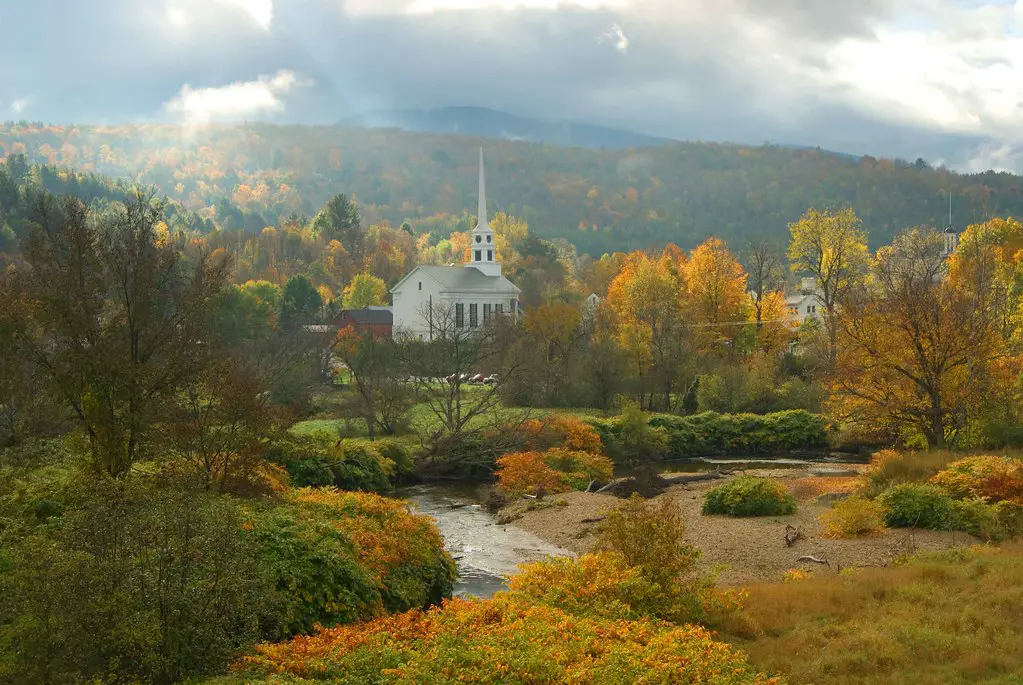
This quaint ski town is beloved for its charm, but the local housing market is anything but charming right now. Median home prices have jumped significantly, and many homes are now being snapped up by out-of-state buyers looking for a weekend retreat. Meanwhile, year-round residents—especially younger families—are finding it harder and harder to stay. Rentals are scarce and increasingly unaffordable.
Many workers now drive in from neighboring counties, creating new transportation and staffing issues. Local businesses report constant turnover, in part because employees can’t afford nearby housing. Stowe is beginning to resemble a seasonal resort more than a functioning town. And that shift has left locals feeling sidelined in their own community.
9. Charleston, South Carolina
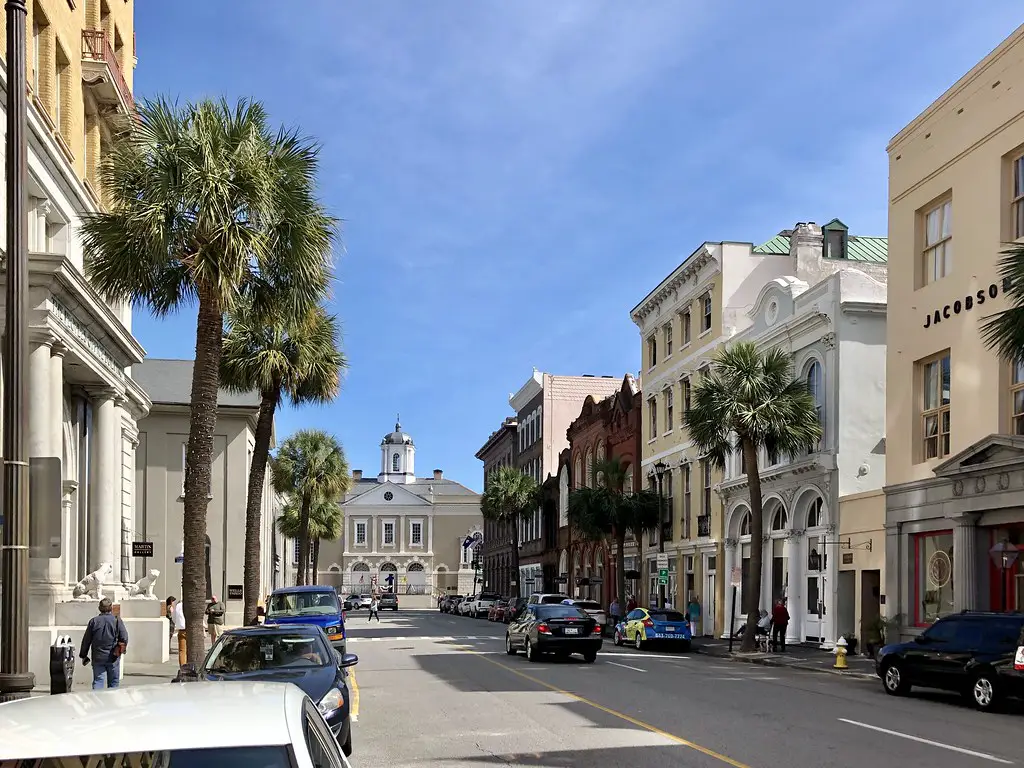
Charleston’s Southern charm, walkable streets, and historic homes have made it a magnet for transplants and investors alike. But that popularity comes at a price, especially for the folks who grew up there. Home prices have climbed steadily, now well above what many service and municipal workers can afford. And with more homes turned into short-term rentals, the competition for long-term housing is fierce.
Even neighborhoods once considered affordable are now out of reach for young professionals and families. School districts and emergency services are experiencing staffing shortages. Charleston remains beautiful, but its affordability is fading fast. Locals say it’s getting harder to find the “real Charleston” in a sea of tourists.
10. Flagstaff, Arizona
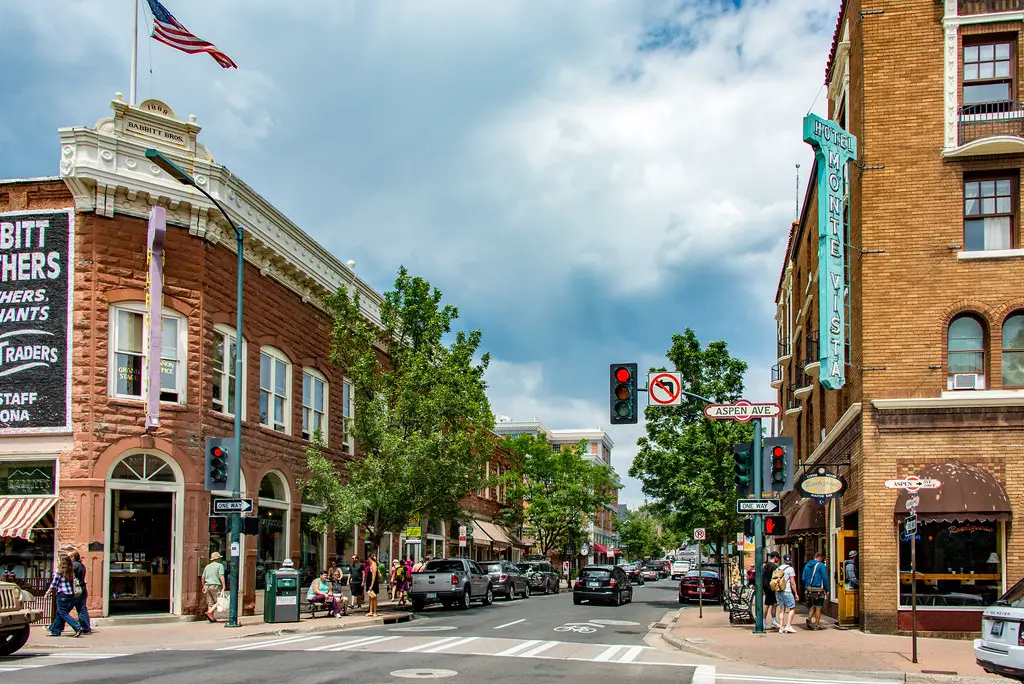
This high-elevation city is known for its cool climate and mountain views, but it’s also developing a reputation for being unaffordable. With more Phoenix-area residents buying vacation homes there, demand has outpaced supply. Renters are being priced out, and homeownership is slipping out of reach for many long-term locals. The median home price now exceeds $600,000, far higher than the state average.
As housing pressure builds, many residents are relocating to nearby towns like Williams or Winslow. Flagstaff’s identity as a college and outdoorsy town is shifting rapidly. New developments tend to focus on luxury rather than affordability. And the cost of staying put keeps climbing.
11. Rehoboth Beach, Delaware
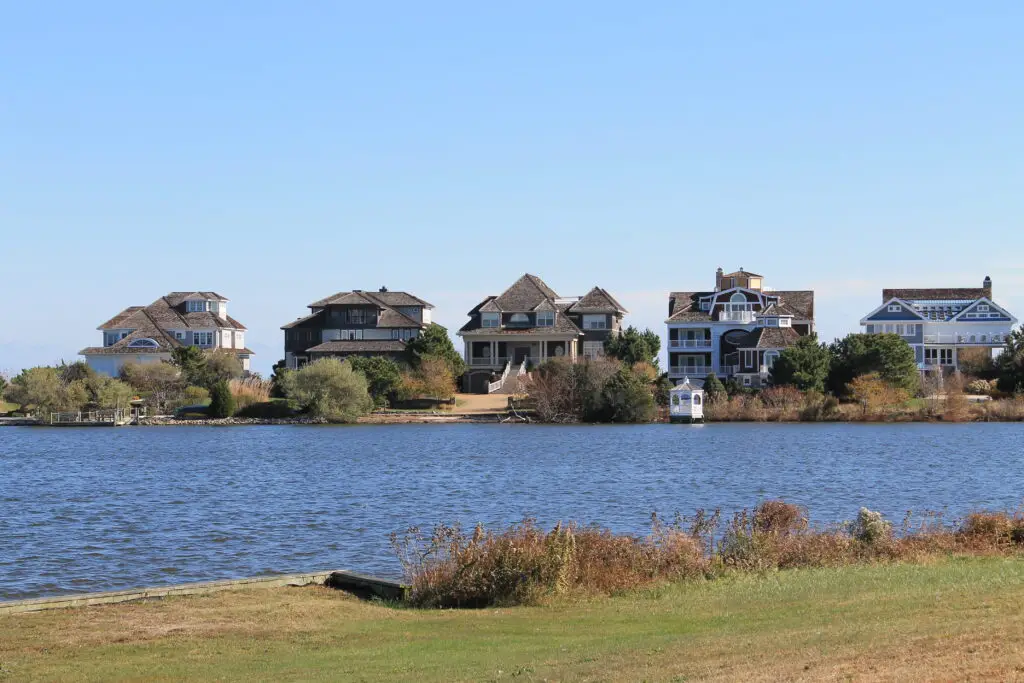
What used to be a laid-back coastal community is now seeing million-dollar homes pop up in every corner. As more Washington, D.C., and Philadelphia buyers scoop up beach properties, inventory for locals has plummeted. The average local salary doesn’t come close to supporting the current median home price. Renters are being displaced, and new housing developments often favor second-home buyers.
Local officials have expressed concern about maintaining year-round residency. Businesses struggle to staff up even during the high season. What was once a town of neighbors is becoming a sea of part-time visitors. It’s beachy—but barely livable for those who work there.
12. South Lake Tahoe, California
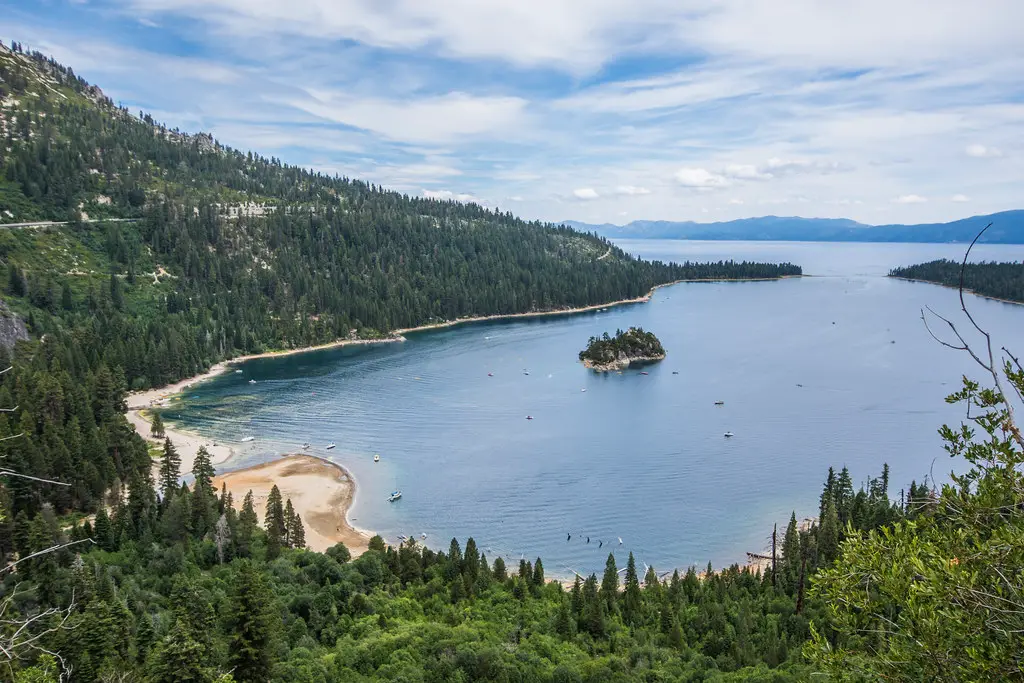
South Lake Tahoe’s scenic beauty has always drawn a crowd, but the remote work era has turned that crowd into full-time residents. And with that shift, housing prices have skyrocketed. Locals now compete with Bay Area tech workers who can afford to pay cash. The cost of living has gone up, but local wages haven’t followed.
This influx has overwhelmed local services and displaced many families. More and more, the town feels divided between the “haves” and the “can’t-afford-to-stays.” Affordable housing projects are in the works, but they’re slow-moving. Meanwhile, the community fabric that once made Tahoe special is being tested every day.
